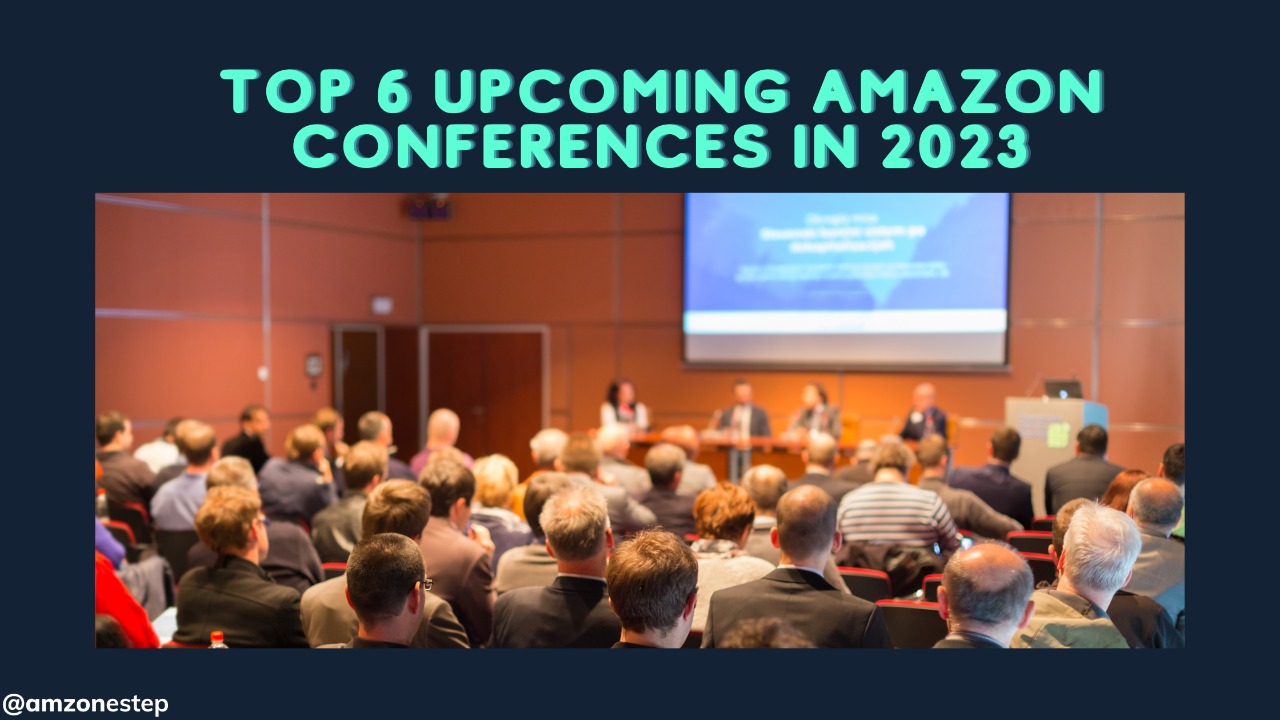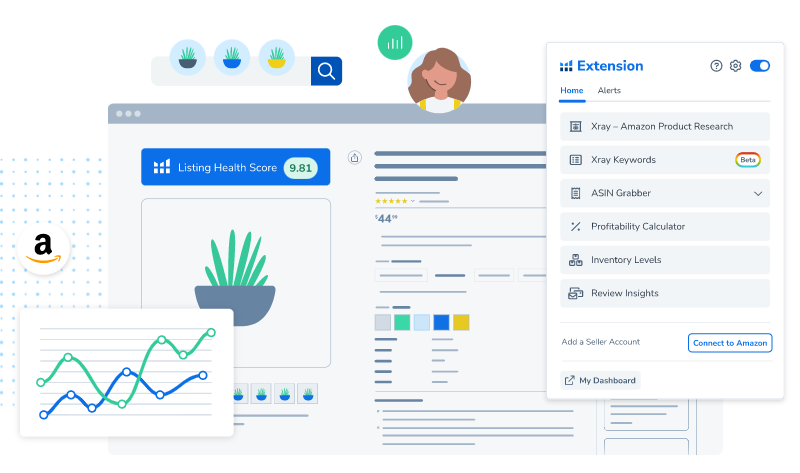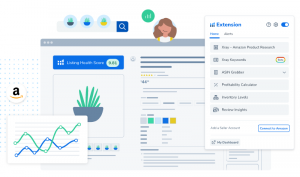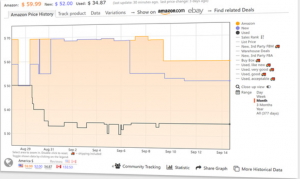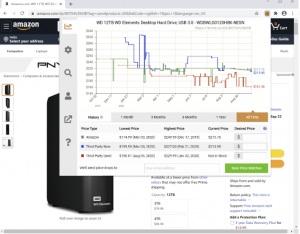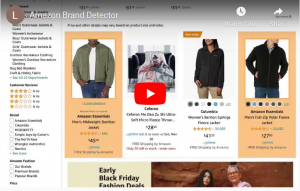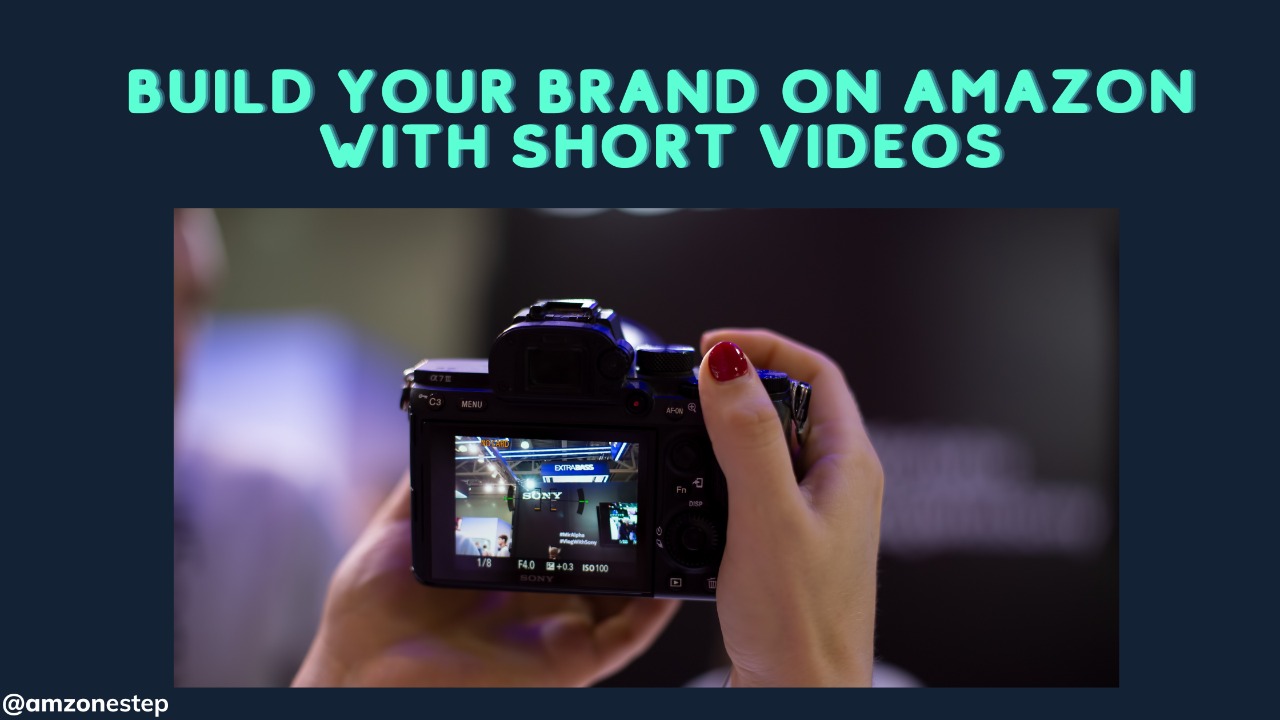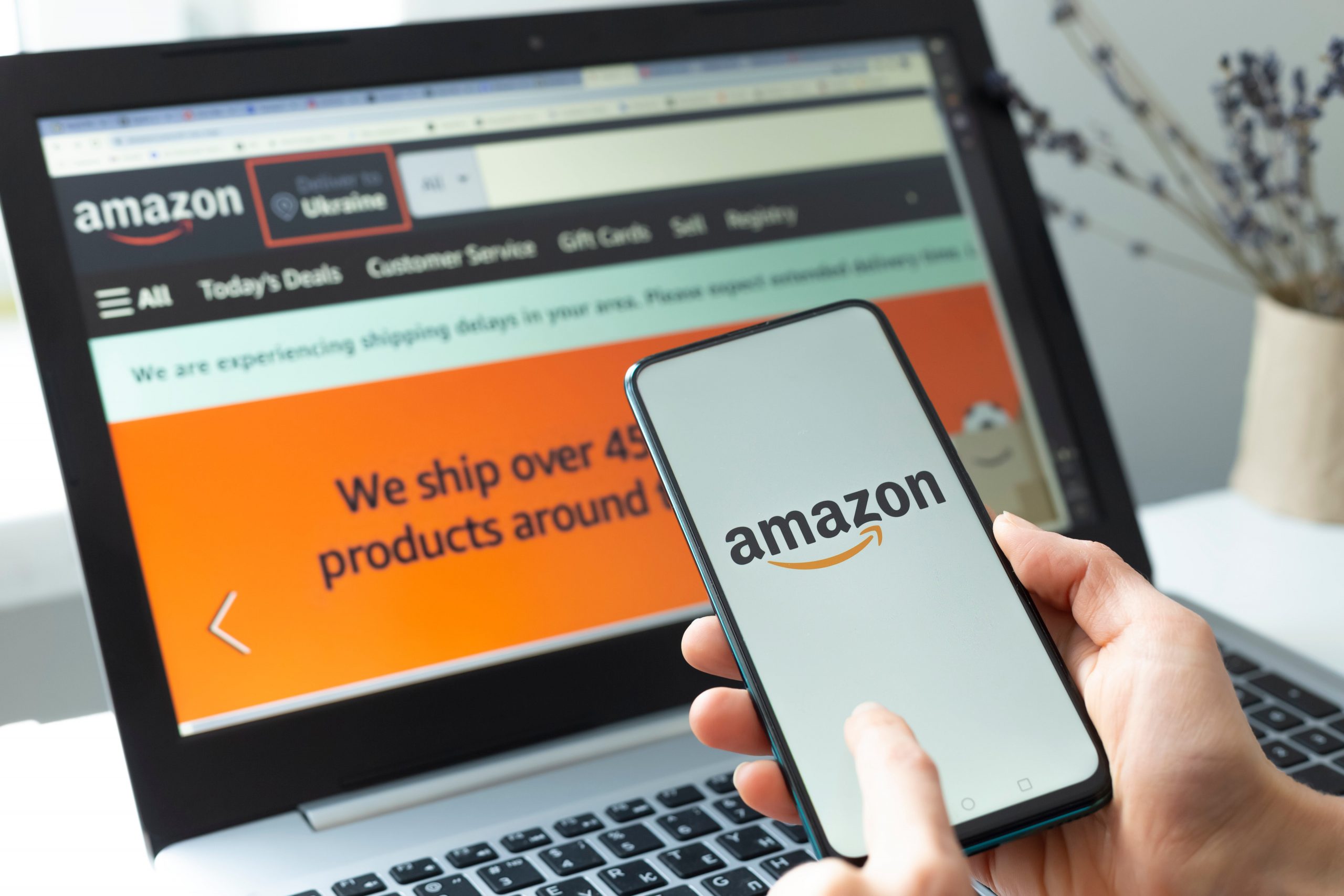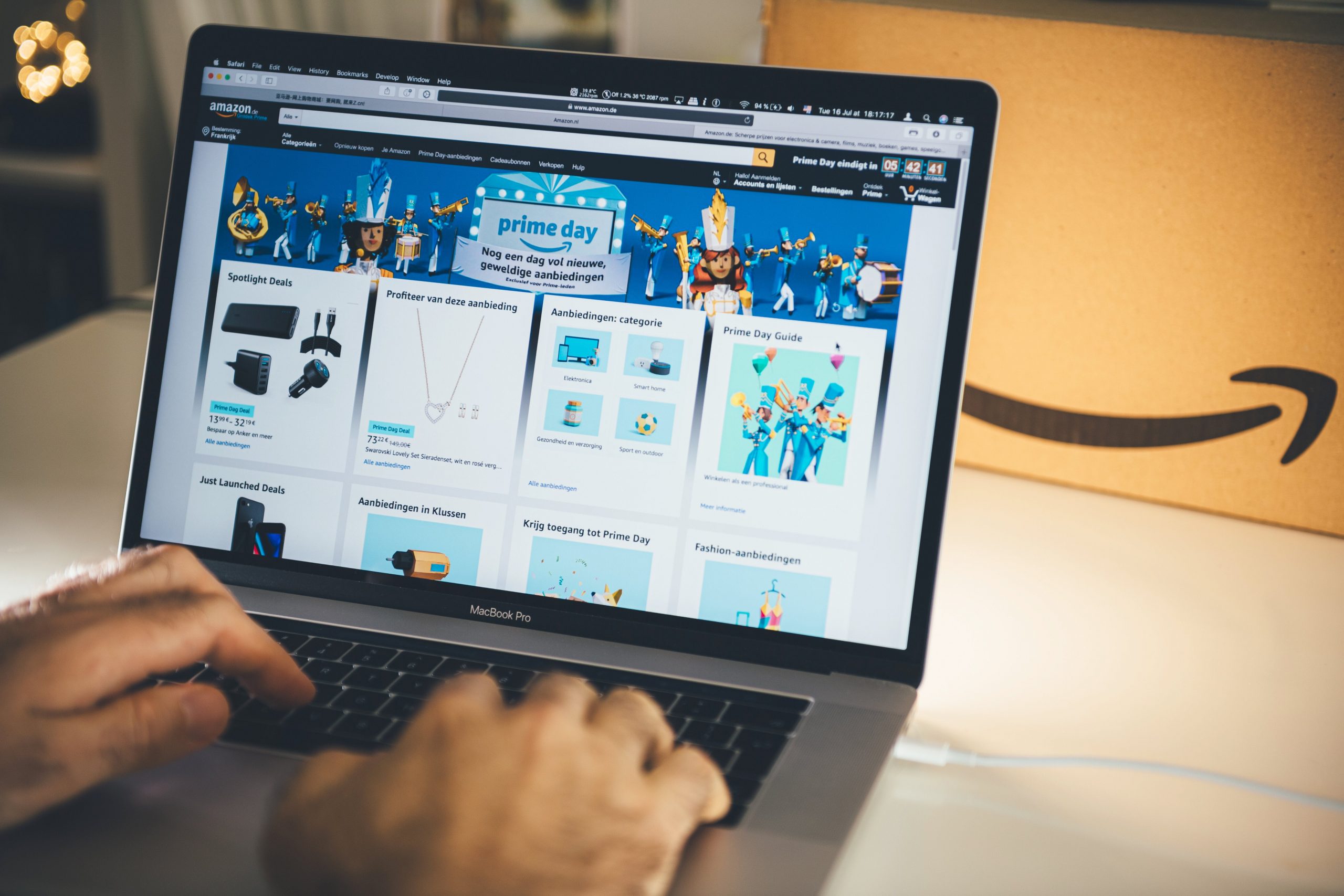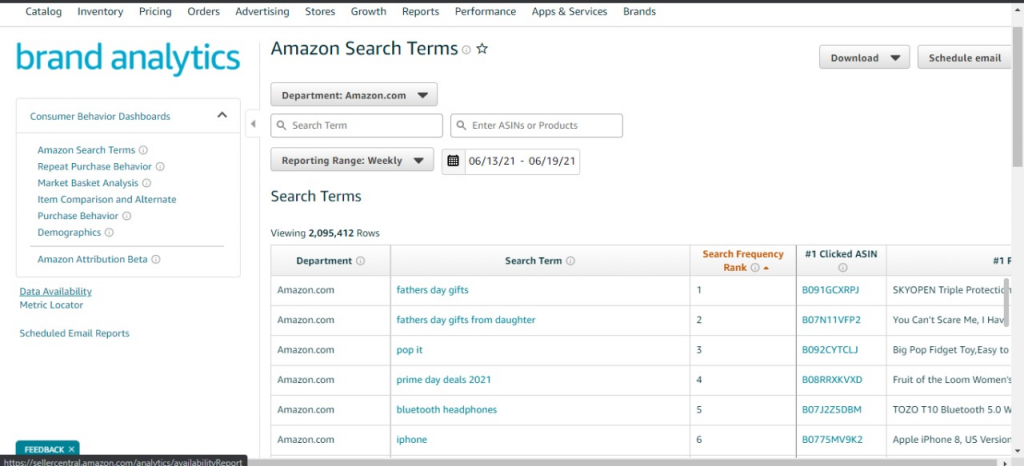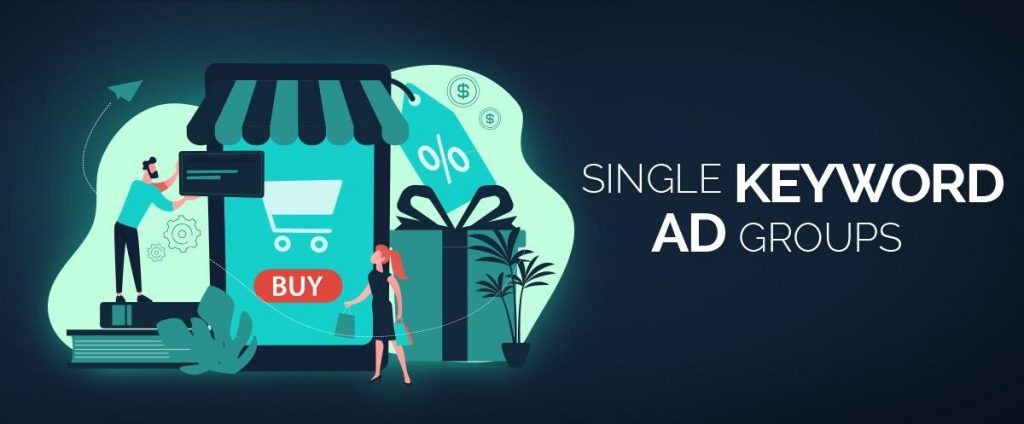More and more sellers are flocking to Amazon daily, which means the marketplace is becoming increasingly competitive. As a result, you should be on the lookout for what your competitors are doing in order to stay one step ahead of them. This means understanding their pricing structures, sourcing locations, product quality, marketing strategies, and content listings.
A competitive analysis is essential in developing a selling strategy for your product on Amazon. By analyzing your competitor’s business, you can identify its weaknesses and develop a plan to exploit them. You can also measure their successes and use that information to set goals for your own business.
Collecting accurate and helpful information about your competitor’s business requires more than just a cursory glance at their website or social media feeds. A proper competitive analysis requires a close look at their sales strategies, marketing campaigns, customer reviews, and more.
By conducting a competitive analysis, you can develop a targeted selling strategy to help you beat your competitors and succeed on Amazon.

Amazon Competitor Analysis
It’s no secret that selling on Amazon can be hugely profitable. But to make the most of this platform, you must ensure your product stands out from the competition. A competitive analysis is one of the best strategies to achieve this.
How to Conduct a Competitive Analysis:
If you’re selling products on Amazon, you must conduct a competitive analysis for your product before you start. This will help you determine what you’re up against and how best to position your product in the market.
By taking the time to understand what other sellers are doing, you can identify opportunities to make your listing more appealing. Then, you can quickly climb the ranks and generate more sales with little effort.
So, how do you conduct a competitive analysis? Here are a few tips:
KEYWORD RESEARCH:

When you start your Amazon search, make sure to use broad keywords that are relevant to the industry. As soon as people discover how well-optimized this platform is for searching and comparing products from different sellers (especially when considering international markets), they will be more likely than ever, so get your niche down! The competition may seem high at first, but by focusing on specific terms or phrases related specifically to what we want in our product listings,
Once you’ve identified your top competitors, look closely at their listings. Note at what price points they’re selling, what type of imagery they’re using, what kind of language they’re using in their descriptions, etc. This will give you a decent indication of what is effective for them and where there may be room for you to set your listing apart.
To create a winning strategy for your Amazon business, you need to consider the top listings in each niche. For example, Amazon’s Choice and Best Sellers products rank highly on search engine results pages (SERPs). Additionally, if there is more than one listing from this seller within an individual category, those should also be given special attention!
To conduct a competitive analysis, start by looking at your competitors’ product listings. Take note of the photo quality, the amount and type of product information, the ratings and reviews, and anything else that stands out to you. Then, compare your listing to your competitors’. Are there any areas where you could improve?
ANALYZING COMPETING SELLERS:
Once you’ve identified potential weaknesses in your listing, take steps to improve it. For instance, include enhanced images, more specific product details, and encouraging client testimonials. In addition, you can increase the likelihood that clients will choose to buy from you rather than one of your competitors by making your listing more enticing than theirs.
TITLE:
The title of your product is one of the first things potential buyers will notice, so it must be engaging and helpful. Conducting a competitive analysis of the name of your product is an excellent approach to achieving this. This will help you comprehend what your competitors are doing and inspire you with suggestions on how to make your title more appealing.
PRODUCT PHOTOGRAPHY:
If you’re an eCommerce store owner, your product photos must show what differentiates them from competitors. You should strive for the highest quality images possible and ensure they capture all angles of an item so customers can see how amazing or special something is!
BULLET POINTS & PRODUCT DESCRIPTION:
You should always pay attention to the bullet points because they contain a product’s most important selling points. You can see what advantages your competitor’s highlight and find ways around those for you to stay aware of others’ products.
When writing about something new or different, we must identify our strengths, so people know where this offering stands out from its competition.
The more concise and interesting your information is, the faster a customer can find what they are looking for. This will keep them engaged with reading through pages of text instead of scrolling aimlessly on their phone or computer screen before finding something worthwhile in seconds within Google search results alone!
When you read through many product descriptions, it will become clear what information should be included in an informative and engaging way. The best tone for such text is one that does not rush or shock the reader into buying immediately but guides them step-by-step on making their decision while enticing them with offers they cannot refuse!
Get More Info: How to increase Amazon CTR- Get more clicks on Amazon listings
QUESTION & ANSWERS:
The questions customers frequently ask can provide useful information for you, the seller. Therefore, you should highlight this in your product title and bullet points, as it may influence their purchasing decisions.
This is because some buyers like getting firsthand knowledge from others who have already used or tried an item before them. In contrast, others want detailed descriptions about how something functions so that there are no surprises later on down the road!
PRODUCT PRICING:
You might be unaware of it, but the pricing affects the success of your Amazon business in addition to having high-quality goods and services. However, even though competitive pricing would seem like a great idea at first glance, there are some things worth considering before implementing such a strategy into production rates because too low prices could drive customers away. First, it’s always best if buyers can find a lower-priced alternative from another seller or manufacturer, so they will buy it instead when compared Side by Side against yours.
MONTHLY SALES:
Amazon Analytics is the place to go if you’re looking for insight into how well-stocked your competition might be. You can see just what they can sell and compare that with any inventory issues or money-making potential to get an idea as to whether there’s enough demand on the shelves right now so we can retain customers due to a lack of product variety!
Read More:7 Expert Tips to Maximize Amazon FBA Profits and Cashflow
REVIEWS:
One way to get an edge on your competition is by reading Amazon product reviews. Concentrating specifically on negative feedback will help you see what areas need improvement for customers like them to prefer your products over those of another company.
Learning to make the most of these online forums is more important than ever since, as more people use them, their influence grows significantly.
BACKLINKING:
Link building is an often overlooked yet crucial part of the success of any business. Not only does it help your website or Amazon product listings rank higher on Google, but by understanding competitors’ strategies, you can determine how best to grow long-term without having immediate results from link campaigns.
MARKETING STRATEGIES BY OTHER COMPETITORS:
The tone in which your products and those of nearby competitors are marketed can make a difference in customer acquisition. This comes down to what you write on listing pages, how they’re packaged for shipment (the package has a huge effect), whether there’s high-quality content available through A+ links or other means like videos posted online showing off features of each product type—and even whether customers feel communicated with by way of email alerts about sales promotions happening while out shopping!
SOCIAL MEDIA:
It would be beneficial to investigate their non-Amazon marketing initiatives, including their social media presence. Social media has been proven to impact eCommerce and brand awareness, with 51% of consumers purchasing something they first heard about via this channel!
To succeed in the digital age, your company must create a presence on social media platforms. This will help generate organic traffic from these sites, which can lead directly back into revenue through Amazon listing sales!
Competitor brands may have pages across various networks, so do not forget about them; this is especially true if targeting younger audiences, who spend lots of time scrolling through their favorite feeds looking at what’s new or exciting.
THE CONCLUSION:
A plan is necessary if you want to succeed in business. The good news is that there’s no end to what can be done with all this information we’ve gathered about our competitors and their winning tactics!
The next step after analyzing your competition will involve figuring out how to best use these insights to gain an advantage over them. Hence, they focused on sharing while paying attention to other important aspects like cost and control or customer satisfaction. Visit us and get your free listing audit now.



